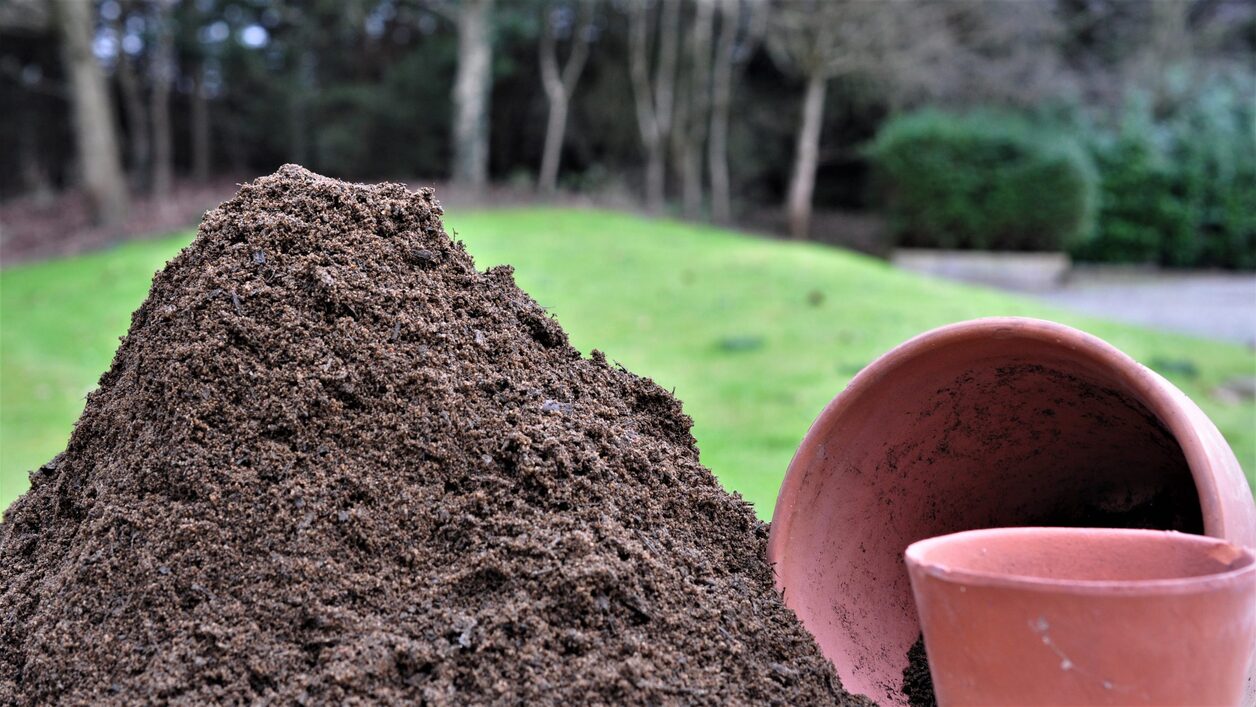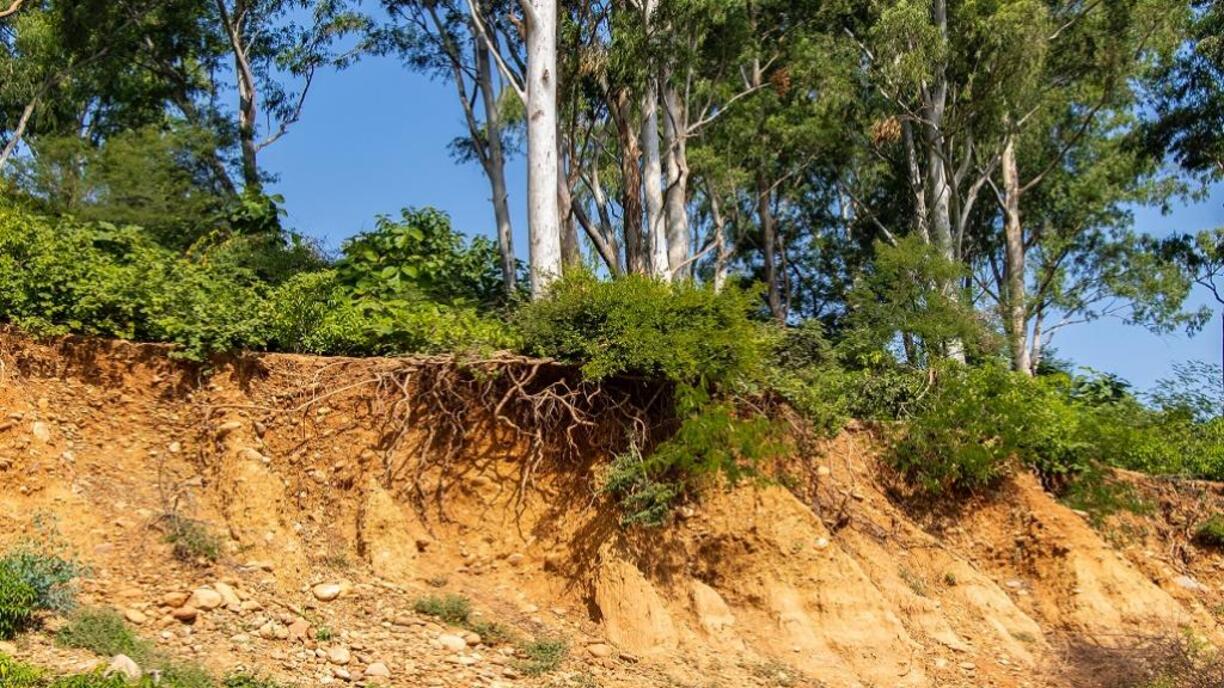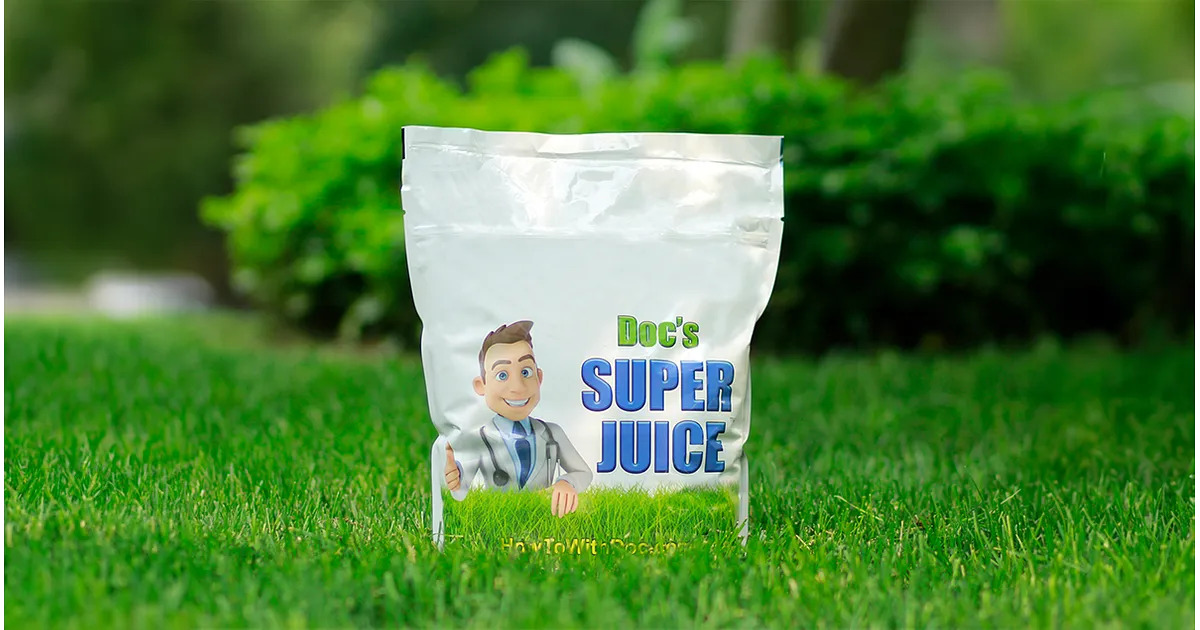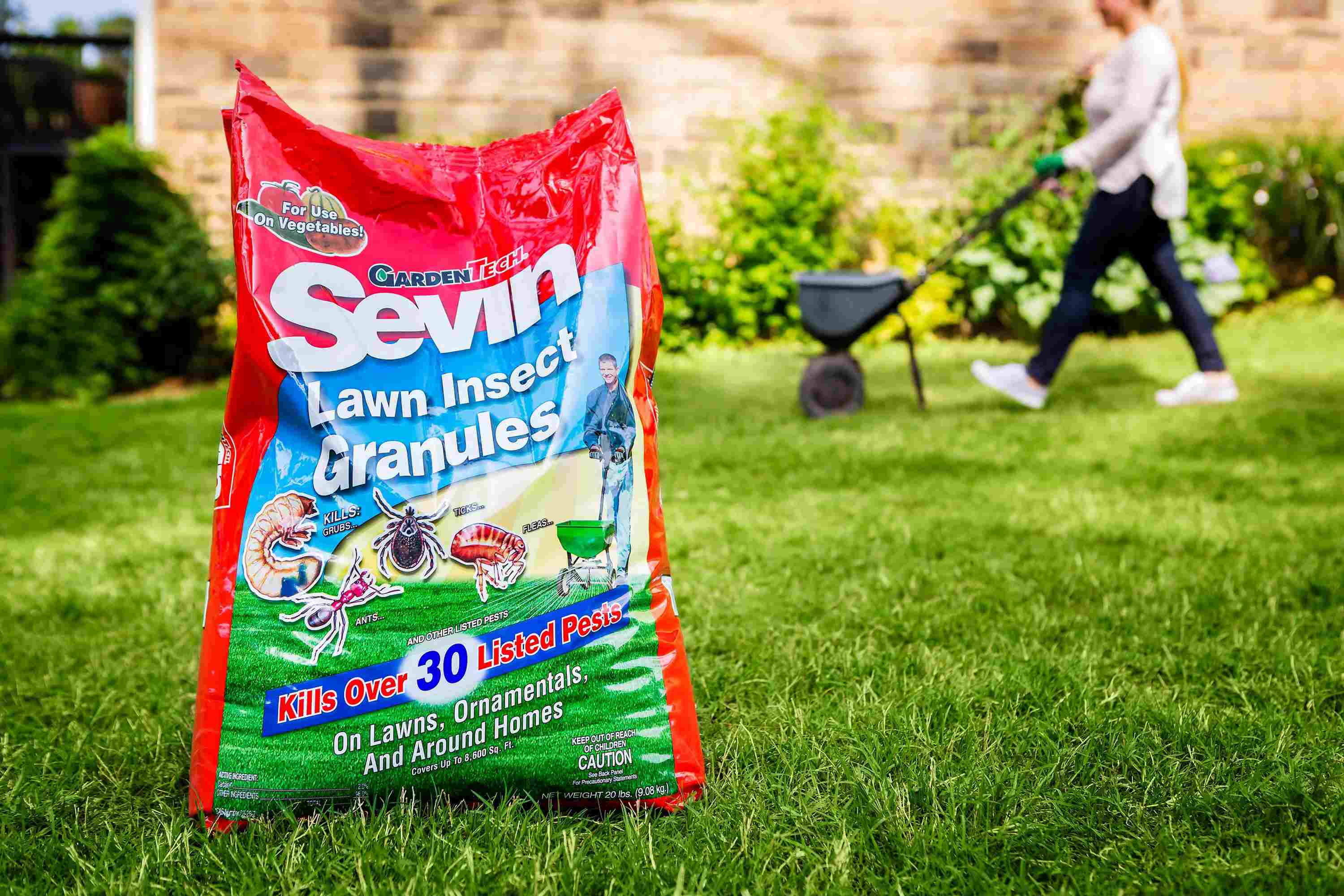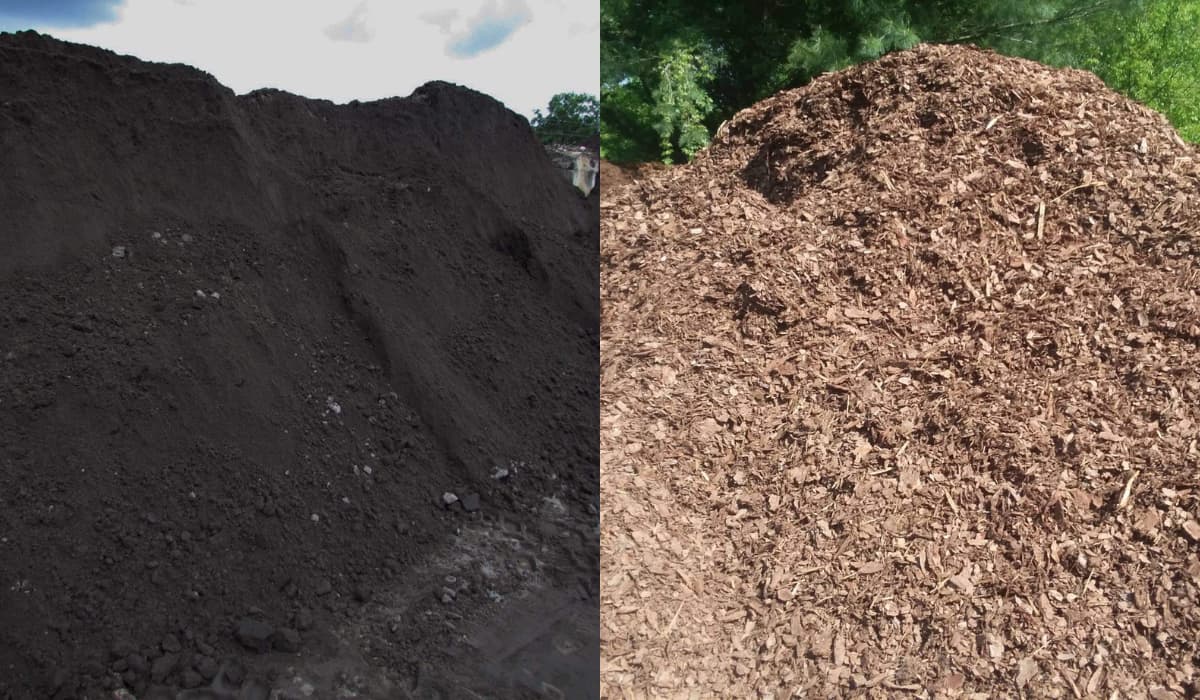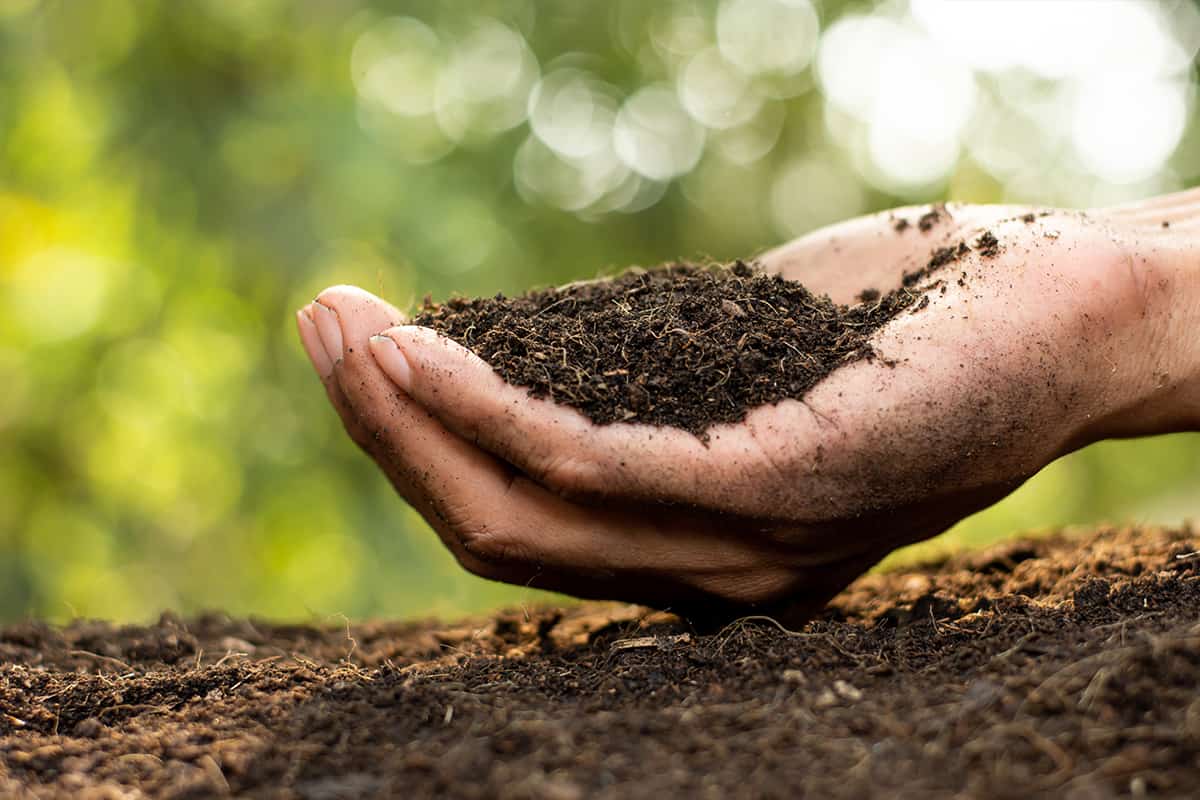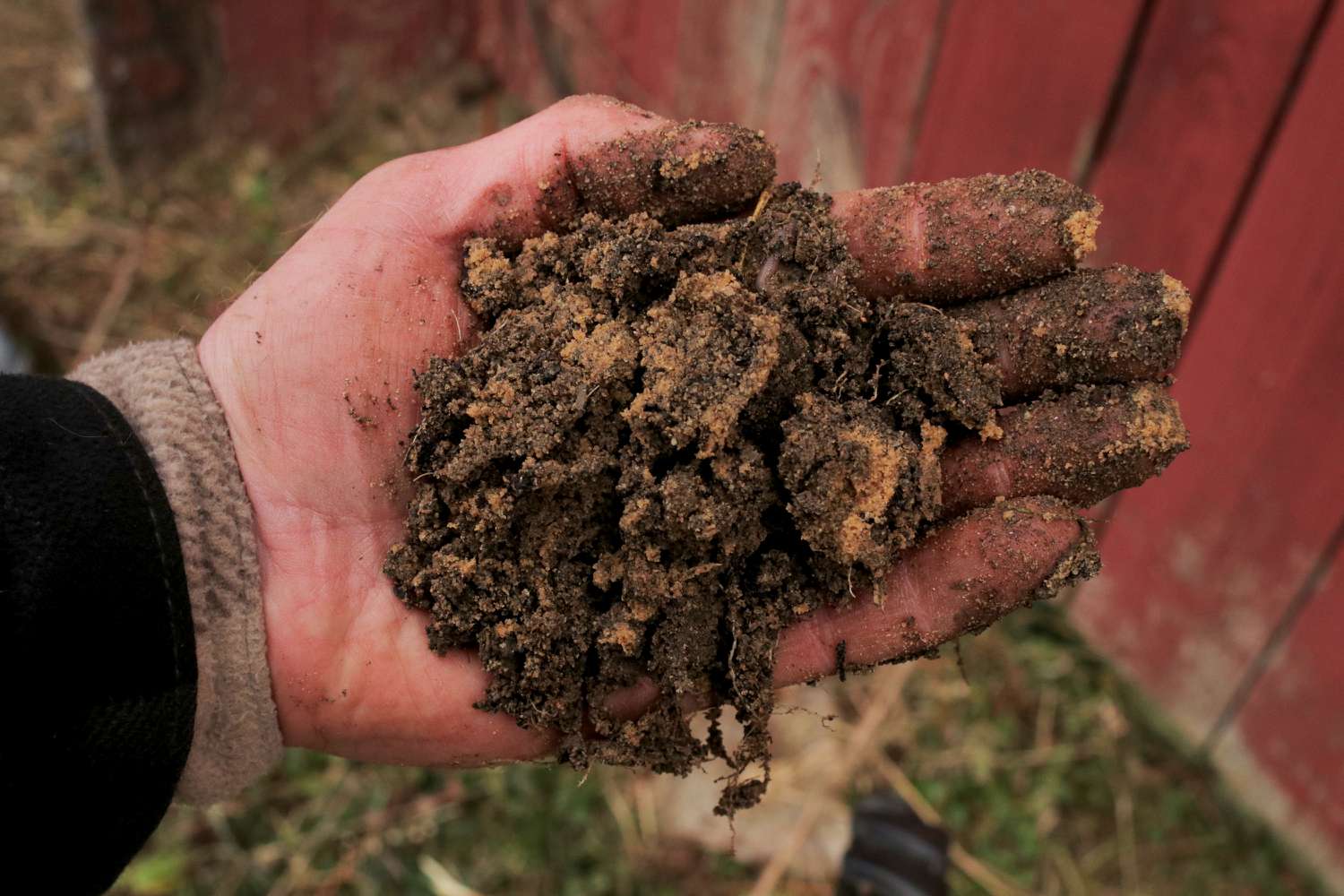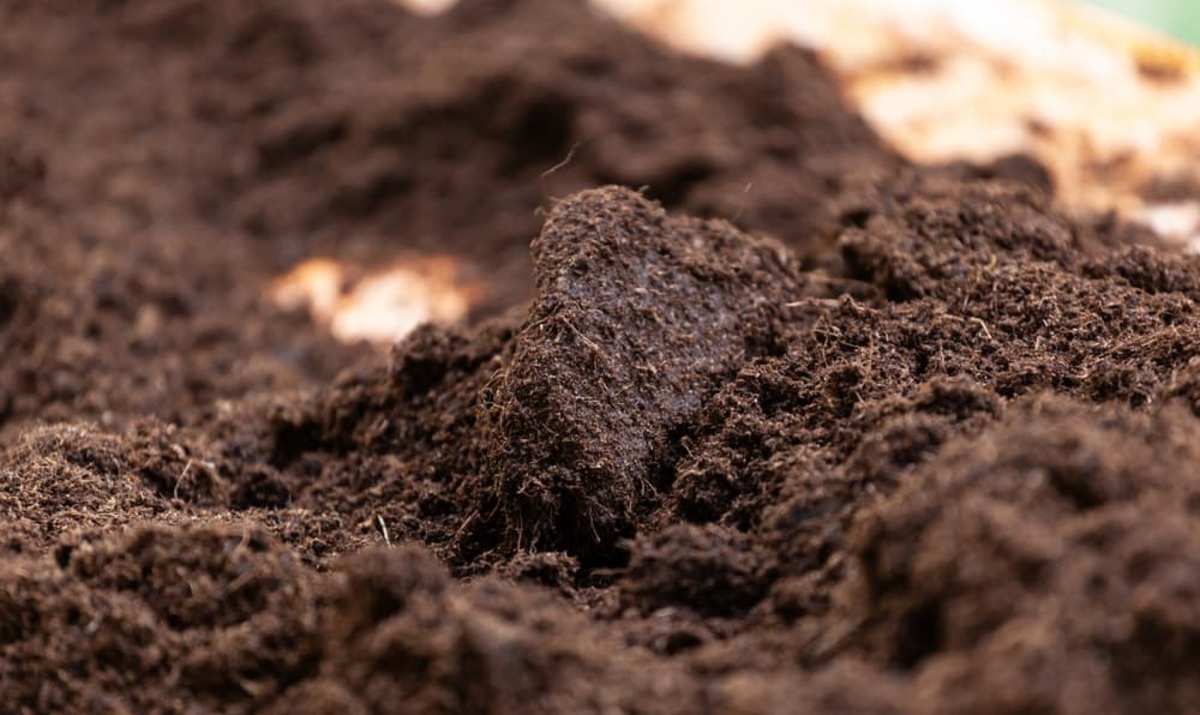Home>Gardening Basics>Understanding Soil>What Is The Best Topsoil For A Lawn
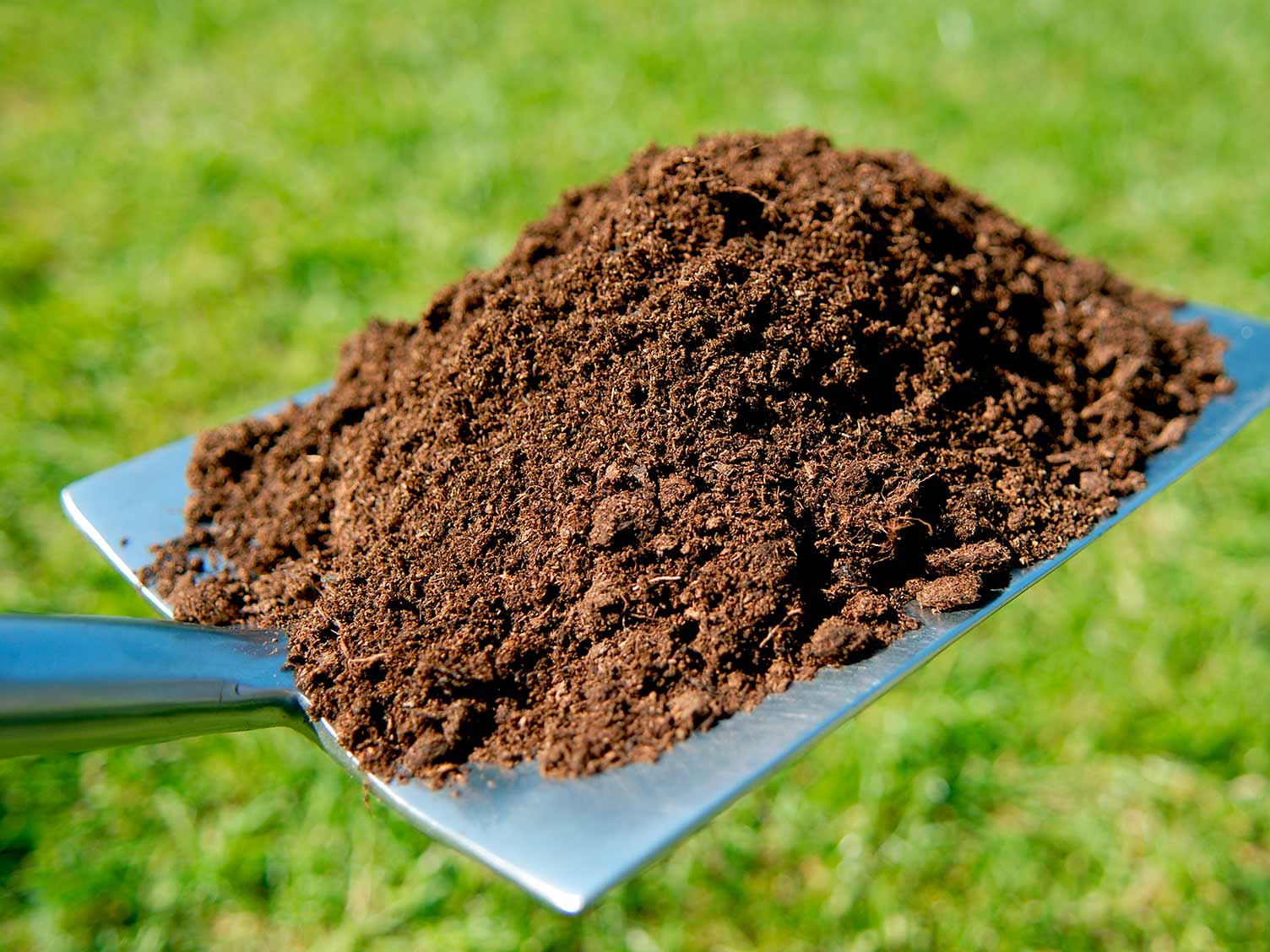

Understanding Soil
What Is The Best Topsoil For A Lawn
Modified: February 6, 2024
Discover the key factors to consider when choosing topsoil for your lawn. Gain a deeper understanding of soil composition and its impact on your lawn health.
(Many of the links in this article redirect to a specific reviewed product. Your purchase of these products through affiliate links helps to generate commission for Chicagolandgardening.com, at no extra cost. Learn more)
Table of Contents
Introduction
When it comes to creating a lush, healthy lawn, choosing the right topsoil is crucial. Topsoil is the uppermost layer of soil, often referred to as the “skin” of the earth. It is rich in organic matter and nutrients, making it the ideal medium for plants to establish their roots and thrive. Understanding the different types of topsoil available and their characteristics will help you make an informed decision about which one is best suited for your lawn.
A well-maintained lawn not only enhances the aesthetic appeal of your property but also serves as a space for relaxation and outdoor activities. The quality of topsoil used plays a vital role in determining the overall health and vitality of your lawn. Different types of topsoil have different soil structures and qualities, and it’s important to choose the one that best suits your specific needs and soil conditions.
In this article, we will explore the various types of topsoil available and discuss their unique characteristics and benefits. Whether you’re starting a new lawn from scratch or looking to improve the quality of an existing one, understanding the different topsoil options will help you make an informed choice.
Although the choice of topsoil ultimately depends on several factors – such as soil composition, drainage requirements, and the types of plants or grass you intend to grow – this article will provide you with a comprehensive overview of the different types of topsoil to help guide your decision-making process.
Factors to Consider When Choosing Topsoil for a Lawn
When selecting topsoil for your lawn, it’s important to consider several factors that can greatly affect the success of your landscaping efforts. Here are some key considerations to keep in mind:
- Soil Composition: Understanding the composition of your existing soil is crucial in determining the type of topsoil that will work best. If your soil is predominantly clay, for example, you might want to choose a topsoil that improves drainage and prevents waterlogging. On the other hand, if your soil is sandy, you may need a topsoil that retains moisture and nutrients.
- Drainage: Proper drainage is essential for the health of your lawn. If the topsoil retains too much moisture, it can lead to waterlogged roots and fungal diseases. Conversely, if the topsoil drains too quickly, your plants may not receive adequate water and nutrients. Consider the drainage characteristics of the topsoil you’re considering and how it aligns with your lawn’s needs.
- Nutrient Content: A fertile topsoil will provide the necessary nutrients for your lawn to thrive. Look for topsoil that is rich in organic matter, such as compost or well-rotted manure. These organic materials release nutrients slowly over time, providing a steady supply for your plants.
- pH Levels: The pH level of your topsoil influences the availability of nutrients to plants. Most lawns prefer a slightly acidic to neutral pH range. Testing your soil’s pH levels and choosing topsoil that helps balance or adjust the pH can promote healthy growth.
- Weed and Pest Control: Topsoil can sometimes contain weed seeds or pests that can hinder the growth of your lawn. Ensure that the topsoil you choose has been properly screened and treated to minimize the risk of unwanted plants or pests affecting your landscape.
By considering these factors, you can select topsoil that is well-suited to the specific needs of your lawn. Remember, choosing the right topsoil is a critical foundation for a healthy and vibrant lawn.
Sandy Loam Topsoil
Sandy loam topsoil is a popular choice for many lawn enthusiasts due to its excellent drainage capabilities and ability to retain moisture. It is characterized by its balanced texture, consisting of a mixture of sand, silt, and clay. The sand content provides good drainage, while the silt and clay help retain essential nutrients and moisture for plant growth.
The sandy loam topsoil is easy to work with, making it ideal for gardeners and landscapers. It allows roots to penetrate easily and promotes healthy root development. This type of topsoil is often used in areas with poor drainage or heavy rainfall, as it can prevent waterlogging and reduce the risk of root rot or fungal diseases.
One of the advantages of using sandy loam topsoil is that it warms up quickly in the spring and cools down slowly in the fall, providing an extended growing season for plants. However, it is important to note that sandy loam topsoil may require more frequent watering and fertilization, as it tends to drain nutrients faster than other types of topsoil.
To ensure the optimal performance of sandy loam topsoil, it is recommended to amend it with organic matter such as compost or well-rotted manure. This enriches the soil with essential nutrients and improves its ability to retain moisture. Regularly monitoring and adjusting the pH levels of sandy loam topsoil is also important to maintain a healthy balance for plant growth.
The sandy loam topsoil is versatile and suitable for a wide range of plants, including grasses, flowers, shrubs, and vegetables. It provides a stable foundation for establishing a beautiful and thriving lawn. Whether you’re starting a new lawn or rejuvenating an existing one, sandy loam topsoil can significantly contribute to its success.
Clay Topsoil
Clay topsoil, as the name suggests, is characterized by its high clay content. It is known for its ability to retain moisture and nutrients, making it an ideal choice for lawns in drier regions or areas with limited water availability. However, clay topsoil can present some challenges due to its unique properties.
One of the main advantages of clay topsoil is its ability to retain water. The fine particles in clay hold onto moisture, providing plants with a consistent water supply even during dry periods. This can be particularly beneficial for lawns that require a higher level of water retention, such as certain types of grasses or plants with shallow root systems.
However, the same water-retaining properties that make clay topsoil advantageous can also lead to poor drainage. When clay soil becomes saturated, it becomes compacted and heavy, limiting airflow to the roots and causing water to pool on the surface. This can result in waterlogging, which can damage plant roots and promote the growth of fungal diseases.
To mitigate the drainage issues associated with clay topsoil, it is important to improve its structure. This can be done by incorporating organic matter, such as compost or well-rotted manure, to increase its porosity and promote better drainage. Additionally, breaking up compacted clay soil with a garden fork or by aerating the lawn can help improve airflow and reduce the risk of waterlogging.
Another consideration with clay topsoil is its tendency to become hard and compacted when dry. This can make it challenging for plant roots to penetrate and establish themselves. Regularly amending the soil with organic matter and incorporating techniques such as deep watering and mulching can help improve soil structure and alleviate compaction issues.
Despite its challenges, clay topsoil has its place in landscaping. It provides excellent nutrient retention and offers a source of moisture during dry periods. By understanding its unique characteristics and implementing proper soil management practices, clay topsoil can be successfully used to establish a thriving and resilient lawn.
Peat Topsoil
Peat topsoil, also known as peat moss or sphagnum moss, is a type of topsoil derived from decomposed plant materials found in wetland or bog environments. It is renowned for its exceptional water-holding capacity and acidity, making it suitable for specific gardening needs.
One of the main advantages of peat topsoil is its ability to retain moisture. The high organic content and structure of peat make it an excellent water reservoir, ensuring that plants receive a consistent water supply. This makes it particularly beneficial for areas prone to drought or for plants that require high levels of moisture, such as certain types of ferns, bog plants, or acid-loving plants like azaleas and blueberries.
Peat topsoil is also known for its acidity. The natural acidity of peat makes it an ideal choice for plants that thrive in acidic soil conditions. It can provide the necessary pH balance required by acid-loving plants, promoting healthy growth and vibrant foliage. However, it is important to be cautious when using peat topsoil for plants that prefer neutral or alkaline soil conditions, as the acidity may not be suitable for their growth.
While peat topsoil offers unique benefits, there are some considerations to keep in mind. Peat is a non-renewable resource that forms very slowly over thousands of years, so its use should be balanced with environmental sustainability. Additionally, peat topsoil can become compacted over time, reducing its ability to retain water and nutrients. Periodically aerating the soil or incorporating organic matter like compost can help maintain its structure and maximize its beneficial properties.
Peat topsoil is commonly used for specific gardening projects, such as container gardening, raised beds, or planting acid-loving plants. When considering peat topsoil for your lawn, it is essential to assess the specific needs of your plants and soil conditions. Furthermore, it is recommended to blend peat topsoil with other types of topsoil, such as sandy loam or clay, to create a balanced soil mix that provides optimal growing conditions for a variety of plants.
Understanding the unique characteristics and benefits of peat topsoil will help you make an informed decision when choosing topsoil for your lawn or garden. By considering the specific requirements of your plants and understanding how peat topsoil can enhance their growth, you can create a thriving and vibrant landscape.
Organic Topsoil
Organic topsoil is a type of topsoil that is rich in organic matter and nutrients. It is created through the decomposition of plant and animal materials, such as leaves, grass clippings, and manure. Organic topsoil is highly valued by gardeners and landscapers for its ability to improve soil structure, fertility, and overall plant health.
One of the key benefits of organic topsoil is its high nutrient content. The decomposed organic matter releases essential nutrients slowly over time, providing a steady supply for plant growth. This can enhance the health and vitality of your lawn, resulting in stronger roots, lusher foliage, and increased resistance to diseases and pests.
In addition to its nutrient content, organic topsoil also enhances soil structure. The organic matter improves soil porosity, allowing for better drainage and airflow around the roots. This creates a favorable environment for beneficial soil organisms, such as earthworms and beneficial bacteria, which aid in nutrient cycling and soil aeration.
Furthermore, organic topsoil has the ability to retain moisture. The organic matter acts like a sponge, absorbing and holding water, which reduces the need for frequent watering and helps plants withstand dry periods. This can be especially beneficial in regions with limited water availability or for drought-tolerant plants.
Using organic topsoil also promotes soil sustainability and reduces environmental impact. By incorporating organic matter into the soil, you increase its ability to retain moisture and nutrients, reducing the need for synthetic fertilizers and pesticides. Organic topsoil is free from harmful chemicals, making it a safe and eco-friendly choice for both your lawn and the environment.
When selecting organic topsoil, it is important to choose a reliable source that follows sustainable practices and ensures the absence of contaminants. Look for topsoil that has been properly composted or aged to ensure that any pathogens or weed seeds have been eradicated. Conducting soil tests can also help verify the nutrient content and pH levels, ensuring that the organic topsoil meets the specific needs of your lawn.
Organic topsoil is a valuable resource for improving soil health and promoting a thriving lawn. By incorporating organic matter into your soil, you can create a nutrient-rich environment that supports the growth and longevity of your plants, while also contributing to a more sustainable and environmentally-friendly landscape.
Mixes and Blends of Topsoil
Mixes and blends of topsoil are combinations of different types of topsoil, often created to optimize specific soil qualities or address the needs of particular plants. These mixtures offer a balanced approach, leveraging the strengths of each component to create an ideal growing medium for various landscaping projects.
One common blend is a mixture of sandy loam and organic topsoil. This combination combines the excellent drainage qualities of sandy loam with the nutrient-rich properties of organic topsoil. The sandy loam provides good aeration and prevents waterlogging, while the organic topsoil enriches the soil with nutrients, improving overall plant health.
Another popular blend is a mixture of clay topsoil and organic topsoil. This blend helps address the compaction issues often associated with clay topsoil by incorporating organic matter to improve soil structure. The organic topsoil adds nutrients and increases the water-holding capacity of the clay soil, promoting healthier root growth and reducing the risk of waterlogging.
Some blends may also include additives such as perlite or vermiculite, which improve drainage and enhance soil aeration. These materials help create a lighter and more porous soil structure, allowing roots to penetrate easily and promoting optimal plant growth.
When considering mixes and blends of topsoil, it’s important to assess the specific needs of your lawn or garden. Factors such as soil composition, drainage requirements, and the types of plants you intend to grow should be taken into account. Consulting with a local gardening expert or soil specialist can provide valuable insights and recommendations on the most suitable blend for your specific needs.
It’s also worth noting that ready-made mixes and blends are available in garden centers or from reputable topsoil suppliers. These pre-mixed options are often formulated with the appropriate ratios of different topsoil components, saving you time and effort in creating the blend yourself.
Mixes and blends of topsoil offer a convenient and effective way to tailor the soil conditions to meet the specific requirements of your lawn or garden. By combining different types of topsoil, you can create a well-balanced growing medium that promotes optimal plant health and supports the long-term success of your landscaping endeavors.
Conclusion
Choosing the right topsoil for your lawn is a critical step in creating a healthy and vibrant outdoor space. Understanding the different types of topsoil available and their unique characteristics is essential to making an informed decision that aligns with your specific soil conditions and plant requirements.
Sandy loam topsoil offers excellent drainage capabilities and is suitable for areas with poor drainage or heavy rainfall. Clay topsoil, on the other hand, excels in moisture retention but requires proper management to prevent compaction and improve drainage. Peat topsoil is ideal for plants that thrive in acidic soil conditions, while organic topsoil enriches the soil with nutrients and enhances overall plant health. Additionally, blends and mixes of topsoil provide a tailored approach, combining the strengths of different topsoil components to meet specific landscaping needs.
Whether you are starting a new lawn or looking to improve the quality of an existing one, selecting the right topsoil is paramount. Factors such as soil composition, drainage, nutrient content, pH levels, and the specific needs of your plants should be taken into consideration. By understanding these factors and their implications, you can make an informed decision that supports the long-term health and vitality of your lawn.
It is also important to source topsoil from reputable suppliers who prioritize sustainability and ensure the absence of contaminants. Regularly monitoring and maintaining the quality of your topsoil, through practices like adding organic matter, adjusting pH levels, and managing compaction, will contribute to a thriving and sustainable lawn ecosystem.
In conclusion, selecting the right topsoil for your lawn requires careful consideration of various factors. By understanding the characteristics and benefits of different types of topsoil, you can create an environment conducive to healthy plant growth. Whether you choose sandy loam, clay, peat, or organic topsoil, or opt for a customized blend, investing the time and effort to choose the right topsoil will ensure a lush and vibrant lawn for years to come.
